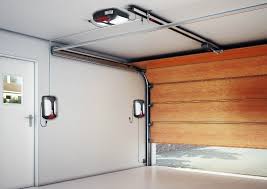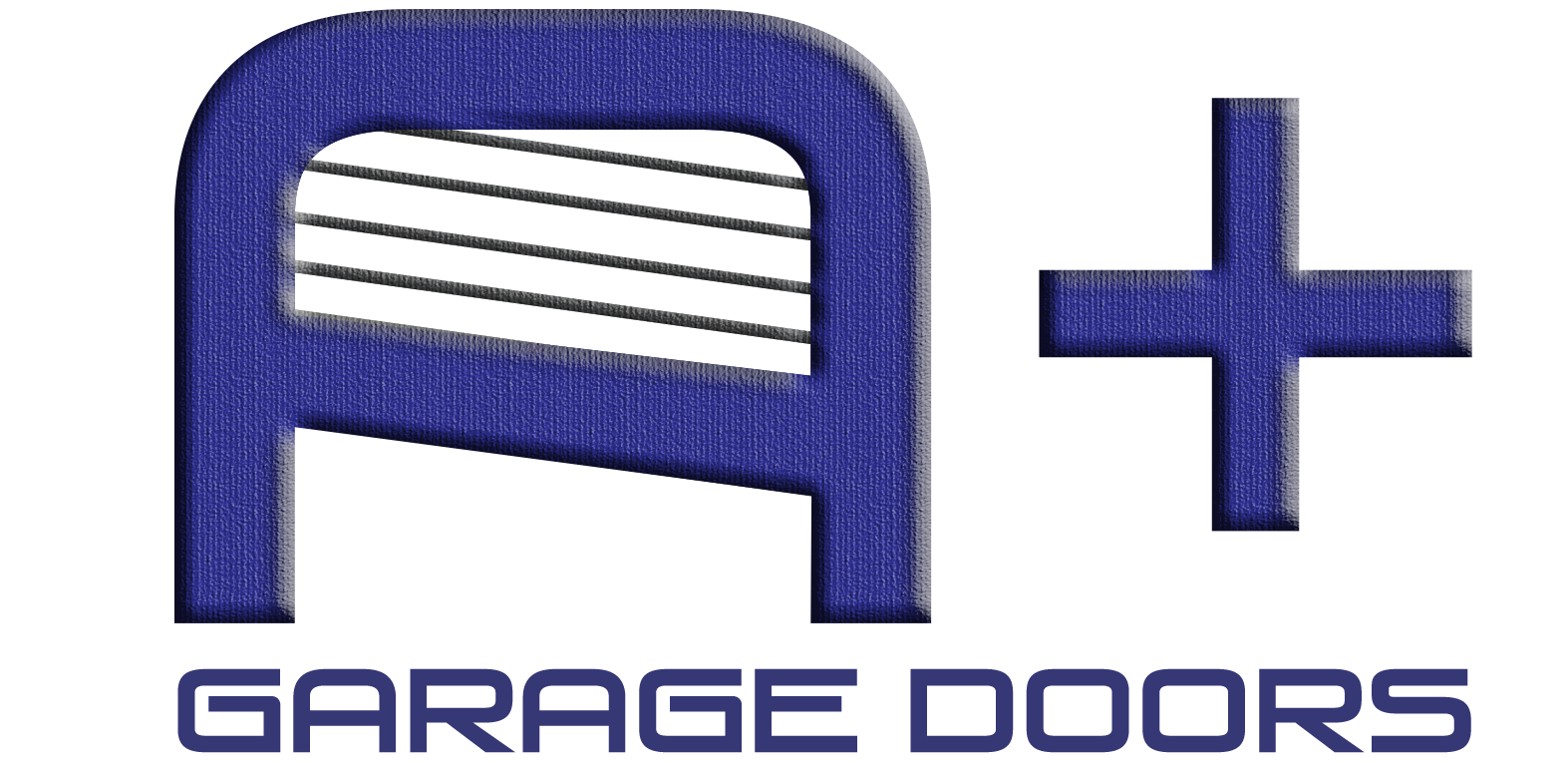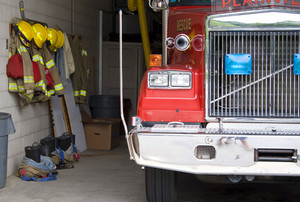7 Common Garage Door Opener Problems

When your garage door opener suddenly stops operating properly, the cause of the problem is usually pretty simple to understand, and solutions are usually quite easy.
Here are the most common problems, along with the most likely repairs for each. If none of the following fixes seem to correct the problem, you will need to consult the owner’s manual or contact a professional.
- Neither the Remote Control nor the Wall Switch Operates the Opener: When the garage door doesn’t budget all when the remote or wall switch pressed, it’s almost certain the power source has been disrupted in some way.As with many such problems, the most common problem is the simplest one—the motor unit has been unplugged. Check the outlet where the door opening is plugged in and make sure the cord is plugged in all the way.It’s also possible that the circuit breaker, fuse, or GFCI controlling the door opener circuit has tripped or burned out. If you find that other lights or electrical circuits in the garage aren’t operating, this is the likely cause, and you’ll need to reset the breaker or GFCI or replace the burned-out fuse. If the circuit breaker or GFCI is tripping repeatedly, it’s a sign that there is a short circuit somewhere in the system—possibly even the garage door opener itself. Finally, it’s possible the garage door opener’s motor has burned out and isn’t operating at all. This is a problem that will require you (or a service person) to replace it.
- The Garage Door Won’t Operate With the Remote Control or Keypad: There are several possible solutions when a remote control or mounted keypad stops operating the opener. 1. Move closer to the door. It’s possible you are out of range of the antenna inside the garage. Modern garage door openers are essentially small radios that operate at about 315mH, and a few feet of extra distance can affect the signal. 2. Make sure that the antenna on the motor unit is hanging downward and is not damaged in any way. 3. If the door functions fine with the wall switch, it’s likely the battery needs replacing in the remote control or keypad. 4. Reprogram the remote control or keypad. The sensitive electronics in can sometimes lose their programming and may need to be reset. Each garage door opener has a slightly different method of reprogramming, so consult the instructions or look online for information how this is done for your particular opener.
- Garage Door Won’t Close All the Way: If the garage door opens correctly but fails to close completely, there may be one of three common causes: 1.The close-limit switch may need adjusting. Your garage door has set-limit switches that instruct the motor when to stop running—both when it is opening, and when it is closing. If the close-limit switch is set wrong, it may prevent the door from closing It can also cause the opener to reverse or pull back up when you attempt to close it. The close-limit switch is a safety measure that keeps people from being hit and having the door close on them—it is a necessary and required device for all garage door openers. Adjusting the limit switch will stop your garage door from behaving erratically. Different garage doors have different means of adjusting the set-limit switches, but it is usually a screw feature on the motor unit that is turned to adjust how far the door descends. 2. The safety sensors may need adjustment or realignment. Near the bottom of the door track on both sides are electronic eyes that require a clear line of view between them. If the sight lines are clear between the eyes, the door will close smoothly all the way to the floor. However, if anything is blocking the sight line, or if the brackets holding the electronic eyes are out of alignment, the door will fail to descend all the way. In most cases, the door will stop or reverse, and lights will flash to tell you there is a problem. Make sure there is nothing blocking the sight path between the electronic sensors. Sometimes, leaves or debris can block the sensors; it if happens frequently, it might be that vibrations from the door in the tracks are loosening the brackets holding the sensors. 3. Less frequently, rusted or damaged rollers can cause the door to bind in the tracks. Replacing damaged rollers, or lubricating them with silicone lubricant, can correct this problem. Sometimes the tracks themselves may shift or get bent, which can also cause the problem.
- Garage Door Reverses Before Hitting the Floor: Two possible problems can lead to a garage door reversing before it even touches the floor: 1. Garage door openers have an adjustment screw that controls the closing force—the pressure with which a door is allowed to descend before the motor switches off. When the door reverses before it even hits the floor, this is often because the close-force setting needs adjustment.The friction of the door rollers within the tracks is fooling the door opener into thinking the door has reached the floor, and the opener needs to be adjusted for less sensitivity. 2. Damaged or rusted roller scan also create extra friction, fooling the door opener into stopping prematurely. Make sure the rollers are in good shape and well lubricated to prevent this problem.
- Garage Door Reverses Immediately After Touching the Floor: When the garage door immediately leaps upward after touching the floor, this too is a close-limit switch problem.Adjust the close-limit adjustment screw on the door opener motor in small increments until the door stops upon touching the floor.
- Garage Door Does Not Open Completely: When the garage door ascends correctly but stops short it is fully open, here are the likely causes: 1. The up-limit switch may need to be moved toward the motor unit. This switch is usually a simply touch-lever mounted on the end of the track near the motor unit, and if it is too far away, the motor will stop the door before it fully opens. The solution is to move the switch closer to the motor unit. This is a somewhat rare problem, and will usually show itself immediately after a new garage door opener is installed.2. Balky or damaged roller scan also cause the door to stop short of fully opening. Inspect and replace damaged rollers, and lubricate rusty ones.
- Garage Door Doesn’t Open in Winter: Sometimes a garage door that lowers just fine will fail to open, especially in winter. If this happens, look for a screw on the motor unit to adjust the sensitivity of the opener.Especially in winter, when rollers might get stiff, the door opener might be refuse to open. Lubricating rollers can also help with this problem.Methods for adjusting sensitivity vary; so consult the owner’s manual for directions.
- Garage Door Opens, but the Motor Won’t Stop Running: When this unusual problem occurs, it means the up-limit switch probably needs to be moved away from the motor unit.It is rare for this problem to suddenly occur; if it happens at all, it will usually be noticed when you first install the garage door opener.
via: Jeff Beneke,
https://www.thespruce.com/troubleshooting-common-garage-door-problems-1398186



